Fine-tuning. Without much fuss, Huawei raises an important pillar of health monitoring to a level that many current wearables, even more expensive ones, have not been able to reach so far. The external changes are subtle yet all-around positive.
Processor
DK3.5+ST 2 x
Display
1.64 inch , 456 x 280 pixel 326 PPI, Full-Touch, OLED, glossy: yes
Storage
Connections
Audio Connections: ⊖, Brightness Sensor, Sensors: Accelerometer, Gyroscope, Optical heart rate
Networking
Bluetooth 5.0, GPS
Size
height x width x depth (in mm): 10.7 x 30 x 46 ( = 0.42 x 1.18 x 1.81 in)
Battery
180 mAh, Battery runtime (according to manufacturer): 240 h
Additional features
Speakers: ⊖, Keyboard: 1 Button, Keyboard Light: yes, Huawei Watch Fit, charging adapter, charging cable, quick start guide, safety instructions, warranty card, Huawei Health, 24 Months Warranty, connectivity: Android 5.0+, iOS 9.0+; water resistance: 5 ATM, waterproof
Weight
21 g ( = 0.74 oz / 0.05 pounds) ( = 0 oz / 0 pounds)
Price
129 Euro
Note: The manufacturer may use components from different suppliers including display panels, drives or memory sticks with similar specifications.
Processor
DK3.5+ST 2 x
Display
1.64 inch , 456 x 280 pixel 326 PPI, full touchscreen, OLED, glossy: yes
Storage
Connections
Audio Connections: ⊖, Brightness Sensor, Sensors: accelerometer, gyroscope, optical heart rate
Networking
Bluetooth 5.0 BLE, GPS
Size
height x width x depth (in mm): 10.7 x 30 x 46 ( = 0.42 x 1.18 x 1.81 in)
Additional features
Speakers: ⊖, Keyboard: 1 button, Keyboard Light: yes, Huawei Watch Fit Elegant, charging adapter, quick-start guide, warranty card, Huawei Health, 24 Months Warranty, connectivity: Android 5.0 , iOS 9.0 ; 5 ATM, waterproof
Weight
27 g ( = 0.95 oz / 0.06 pounds) ( = 0 oz / 0 pounds)
Price
129 Euro
Note: The manufacturer may use components from different suppliers including display panels, drives or memory sticks with similar specifications.
Huawei already specified two variants of the Watch Fit when it was unveiled in September last year: An Active Edition and an Elegant Edition. However, the latter was only released a few weeks ago.
The two new models in black-silver or white-gold have a central frame made of polished stainless steel. The band buckle, which is made of plastic in a matching color on the Watch Active, also has a shiny silver or gold finish now. The band itself is made of a fluoroelastomer on the Elegant Edition. Not only is it softer than the silicon strap of the Active Edition, but it's also more resistant to heat, moisture, and oils.
This doesn't change much in terms of weight: The replacement of plastic with metal only adds 6 grams to the scale. The hardware of both variants is the same: A 1.64-inch OLED has a pixel density of 326 PPI at 280x456 pixels. The display has an always-on mode, and a light sensor provides automatic brightness control; in our real-world test, the display is never glaring indoors, and it can be viewed easily outdoors at all times.
The sensors measure heart rate and blood oxygen saturation, and the GPS ensures route tracking during outdoor activities in the absence of a smartphone. However, there's no barometer to measure the altitude profile, and there's no NFC for mobile payments either. The Huawei wearable also lacks an assistant.
Top 10 Laptops
Multimedia, Budget Multimedia, Gaming, Budget Gaming, Lightweight Gaming, Business, Budget Office, Workstation, Subnotebooks, Ultrabooks, Chromebooks
under 300 USD/Euros, under 500 USD/Euros, 1.000 USD/Euros
Best Displays, for University Students
Top 10 Smartphones
Smartphones, Phablets, ≤5-inch, Camera SmartphonesThe Best Smartphones for Less Than 160 Euros
The Huawei Health app is required to set up the device using the smartphone and to obtain the important update from January 30 that brings the firmware up to version 1.0.3.20. The Chinese company hasn't updated the Play Store version since the conflict with the US, and the latest Android app has only been available on the Huawei App Gallery store since then. On the other hand, the Health app is easy to install on iPhones, and Huawei updates the iOS version regularly.
According to Huawei, the store for alternative watch faces is only available in the Android app, and that was also the case in our comparison of the Huawei Watch Fit with the Honor Watch ES in September. In our current test, however, we were also able to download watch faces from the Internet on an iPhone and personalize the complications on some of them.
Swipe gestures open the notifications overview as well a quick-panel for an alarm clock, Do Not Disturb mode, and smartphone search; you can also swipe to scroll through up to six widgets. Apps can be accessed using the button on the side.
The firmware update enhances the Weather app with sunrise and sunset times, moon phases, and tides if you're anywhere near the ocean.
The remote control for the smartphone player is reserved for Android, and the control for the smartphone camera is only available for Honor or Huawei smartphones running at least EMUI 8.1 or Honor's Magic UI 2.0, respectively.
The smartwatch informs the user when there's an incoming call on the smartphone. You can't accept or mute the call, only dismiss it.
Moreover, pictures and emojis from social media notifications aren't displayed.
As a fitness tracker, the Huawei Watch Fit logs health data such as heart rate and blood oxygen saturation into a daily dashboard; it also compares the actual amount of steps taken with a step goal defined by the user. The Health app connects with Google Fit and with Apple Health on the iPhone.
While the Huawei Watch GT 2e and the Huawei Watch GT 2 Pro additionally estimate how many floors you have climbed during the day, the corresponding icon in the Health app's dashboard remains at 0 because the watch lacks the barometric sensor required for this.
Users who sit at their desks a lot can be regularly reminded to stand up and move around. The Huawei tracker determines the approximate distance covered based on the steps taken during the course of the day; it also accumulates activity minutes such as during sports. Huawei calculates the calories burned based on all the data collected, including the user's height, age, and weight.
The Watch Fit tracks both heart rate and blood oxygen saturation at night, but it doesn't integrate this data into the sleep log. This displays the progression of sleep phases and the distribution of light, REM (rapid eye movement), and deep sleep.
The Watch Fit monitors heart rate and creates a stress chart based on heart rate variability (HRV).
An important aspect of the January update concerns the measurement of oxygen saturation (SpO2) in the red blood cells (hemoglobin). It's expressed as a percentage and is normally between 94% and 98%. If the percentage of oxygen taken up by hemoglobin in the lungs to transport to cells falls below 90% on a regular basis, the cause should be looked into together with a doctor.
The measurement's success depends on a good fit of the wearable on the wrist and on there being as little light as possible between the sensor and the wrist. Since this is difficult to ensure on a continuous basis, many manufacturers have only offered manual measurements so far. Since its market launch, the Watch Fit has measured it automatically at night, and since the update, it also does so during the day when it can be detected that the user is in a calm enough state for the light-sensitive measurement.
In addition to logging saturation levels, the Watch Fit also issues a warning if desired when they fall below a predefined limit. This happened in the test. The saturation of 89% was only just below the preset limit of 90%. Alternative limits are 85%, 80%, or 75%. In the case that we experienced, the saturation level quickly went back to normal. Nevertheless, in view of the fact that saturation levels usually fall in the case of COVID-19 infections as well, the automatic measurement's control function is currently hardly something to be sneezed at.
With 96 workout types available in the sports tracker, every user should virtually be able to find the right mode for them. Nevertheless, a few common workouts are missing, such as Zumba, and you have to switch to walking when hiking. Those interested in interval training will find 12 preloaded workouts with animated instructions on the Watch Fit. For customized high-intensity interval training (HIIT), you can set goals and reminders as you can with the other workout types, but neither interval length, break length nor the number of runs can be configured; in contrast, all this is possible with the Garmin Lily.
As before, the training app also includes running courses for beginners and advanced runners. If you activate the option corresponding to manual segment information before a normal running session, the Watch shows the distance and pace for the previous segment after pressing the side button twice. This is interesting when running cross-country, for example, where you can compare your speed on straight sections with that on hills. However, the training log lacked the data for the manual segments. Trail running was also missing as a workout mode.
What Garmin calls Virtual Partner and Amazfit Virtual Rabbit, Huawei calls Intelligent Companion. You assign it a time goal before the run so that you can compete against it. Then, an additional screen shows whether the user is behind or ahead of the Intelligent Companion during the workout.
Huawei specifies a runtime of up to 10 days. This should be true for a sparing use. In our comparison of the Watch Fit Active with the Honor Watch ES, the 180 mAh battery lasted five days. During that time, every health tracking feature was active, and the watch also logged sleep at night, including heart rate and oxygen saturation. Only automatic motion detection remained disabled.
With the new all-day SpO2 measurement and alert system, the Watch Fit still manages four days in our latest test. This is a sacrifice that users are probably willing to make if they're interested in the health functionality.
Huawei has made the smart wearable more attractive and improved it in one important aspect.
In addition to heart rate, heart rhythm, and blood pressure, among which the Watch Fit, like many others, only measures heart rate, oxygen saturation is considered to be an important indicator of physical condition. We haven't come across any other manufacturer that can automate this light-sensitive measurement throughout the day in a wearable priced around 100 Euros (~$118). By the way, Huawei's Watch GT 2 Pro does this as well.
With the Watch Fit Elegant and the important firmware update, Huawei polishes its slim smartwatch in terms of looks while strengthening its position as a health tracker.
iPhone owners are no longer denied access to additional watch faces - another important factor. The new sun, moon, and sea level data is helpful for taking atmospheric photos, and it's certainly a nice addition that Huawei implements in a graphically appealing way.
The visual refinement is mostly a matter of taste, although the more resistant band is a clear improvement. The lack of a barometric sensor continues to be a shortcoming. While Huawei will probably continue to omit a voice assistant or NFC for mobile payments in the next generation of its lightweight fitness tracker, altitude measurement would be an appropriate improvement when it comes to fitness and sports tracking.
At the time of writing, the Huawei Watch Fit Elegant isn't officially available in the United States. Nonetheless, you can keep tabs on sites like Amazon and ebay, as the device should pop up here eventually.
Pricecompare
April 06, 2021 at 01:07PM
https://ift.tt/3uoSql9
Huawei Watch Fit Elegant in review: Successful visual and functional upgrade - Notebookcheck.net
https://ift.tt/3eIwkCL
Huawei
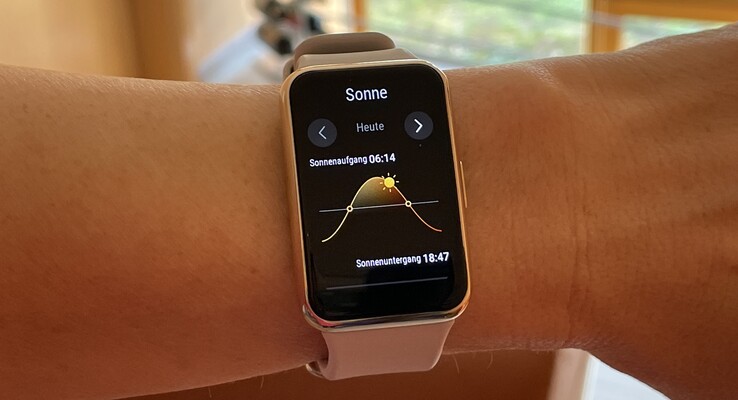
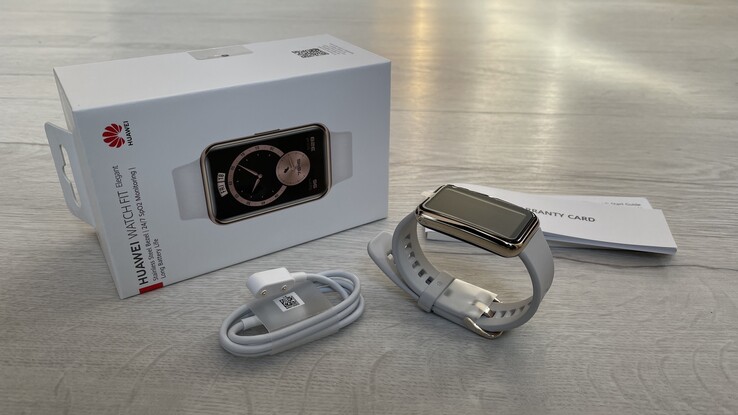

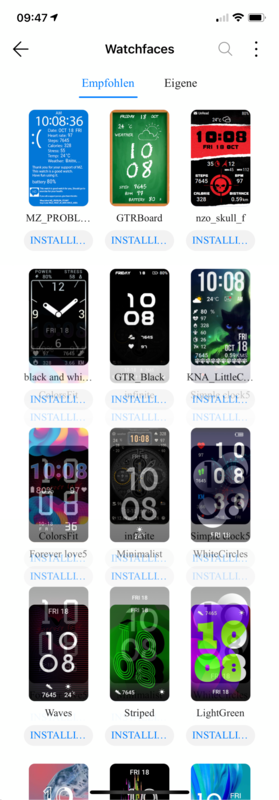
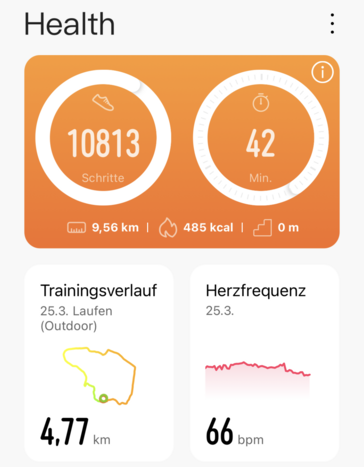
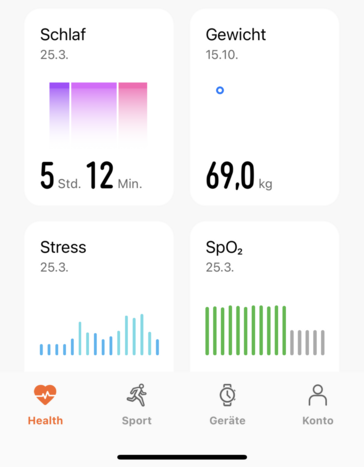
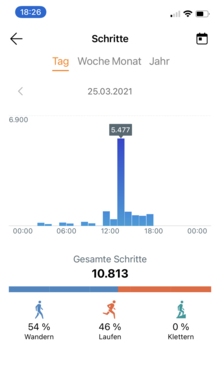
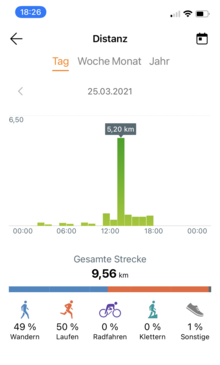


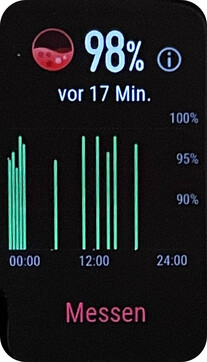
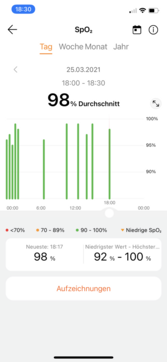
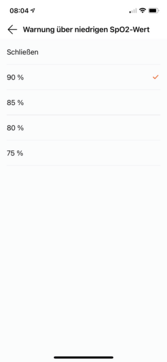
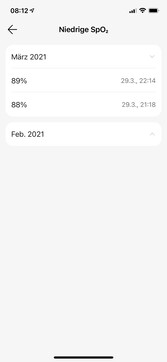
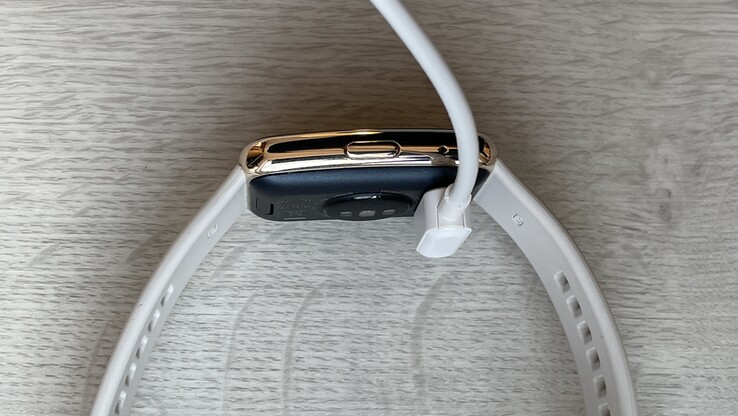
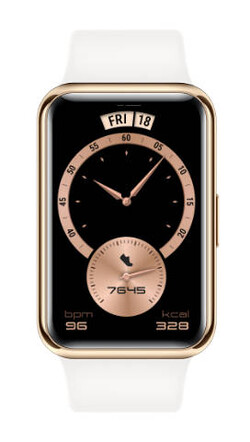
No comments:
Post a Comment